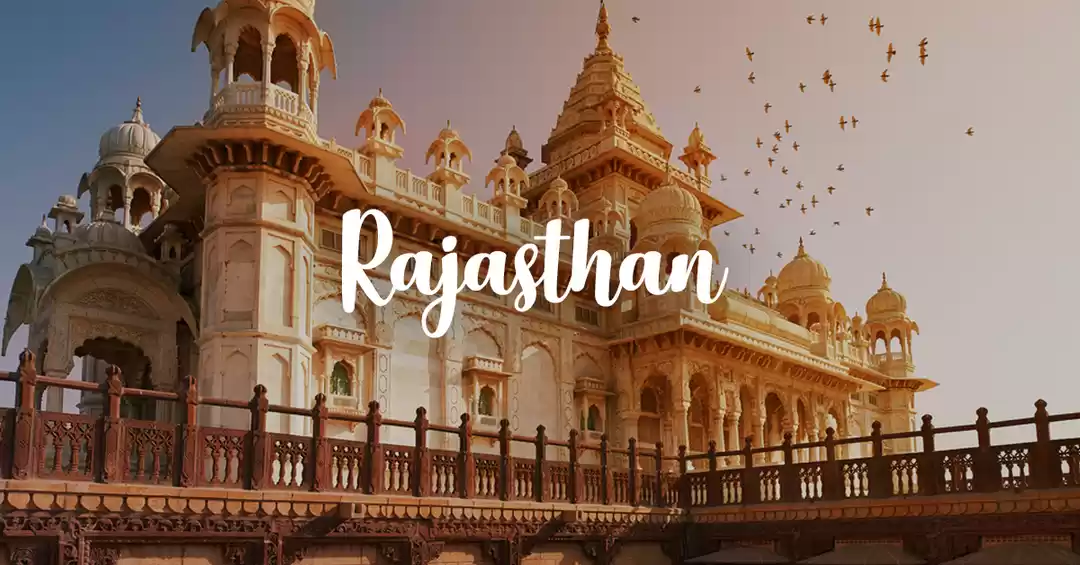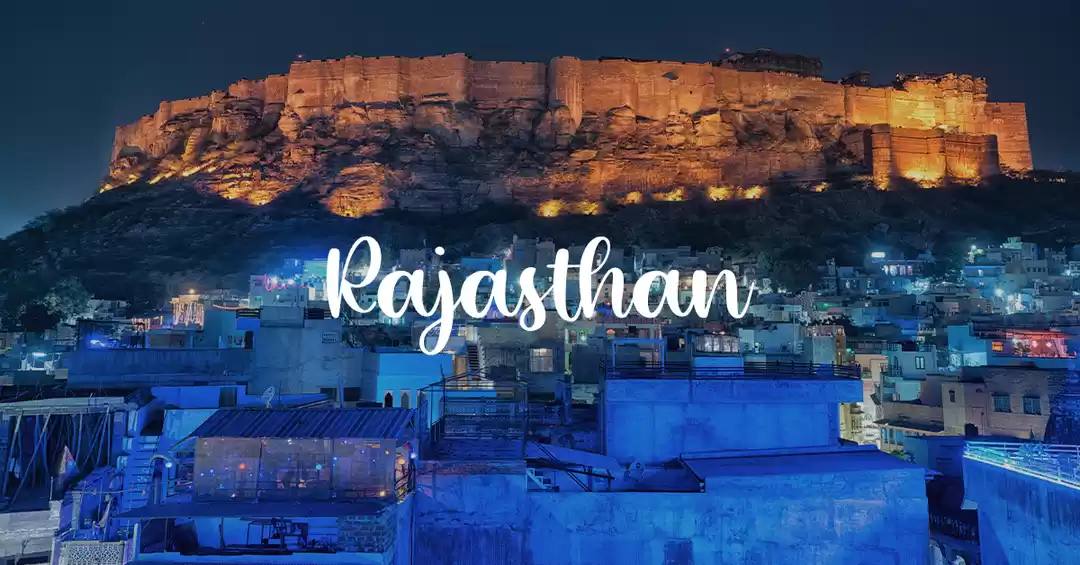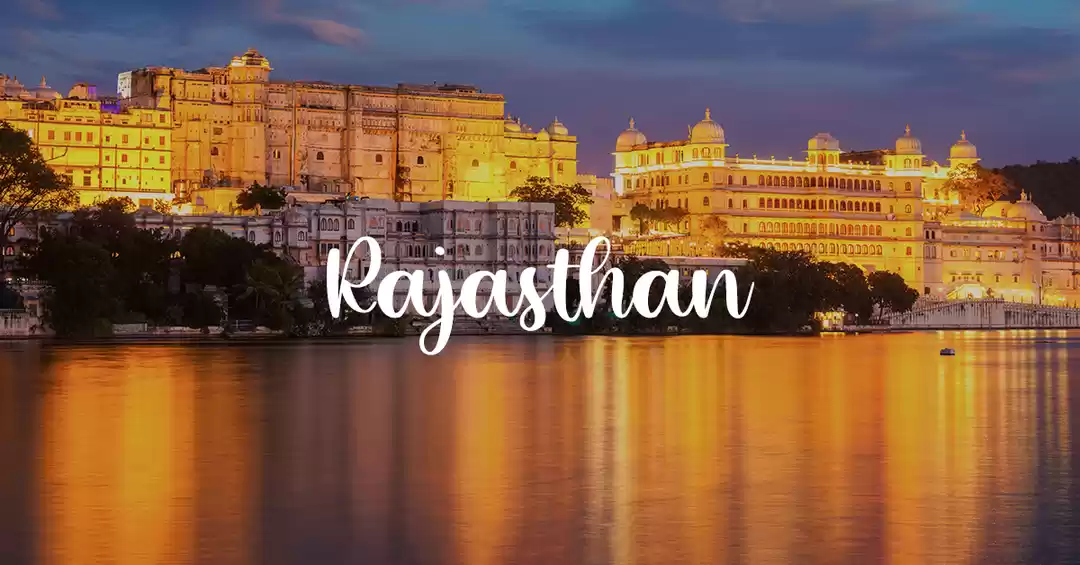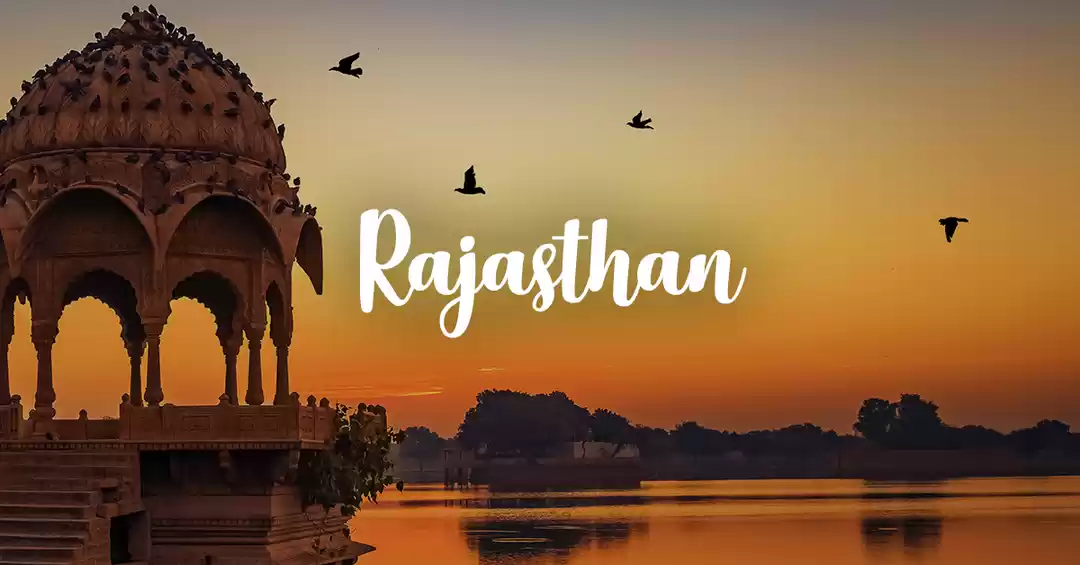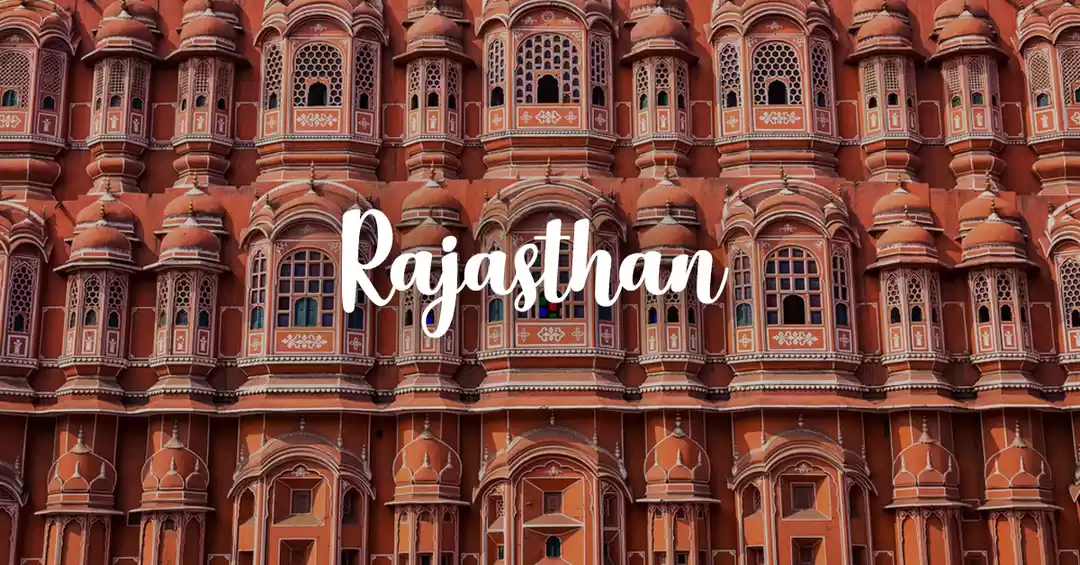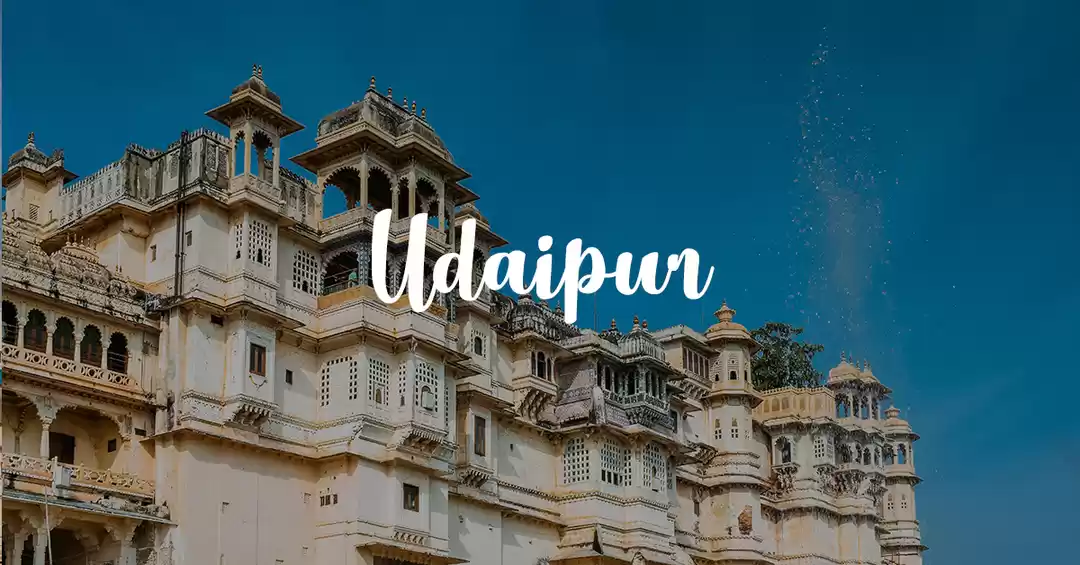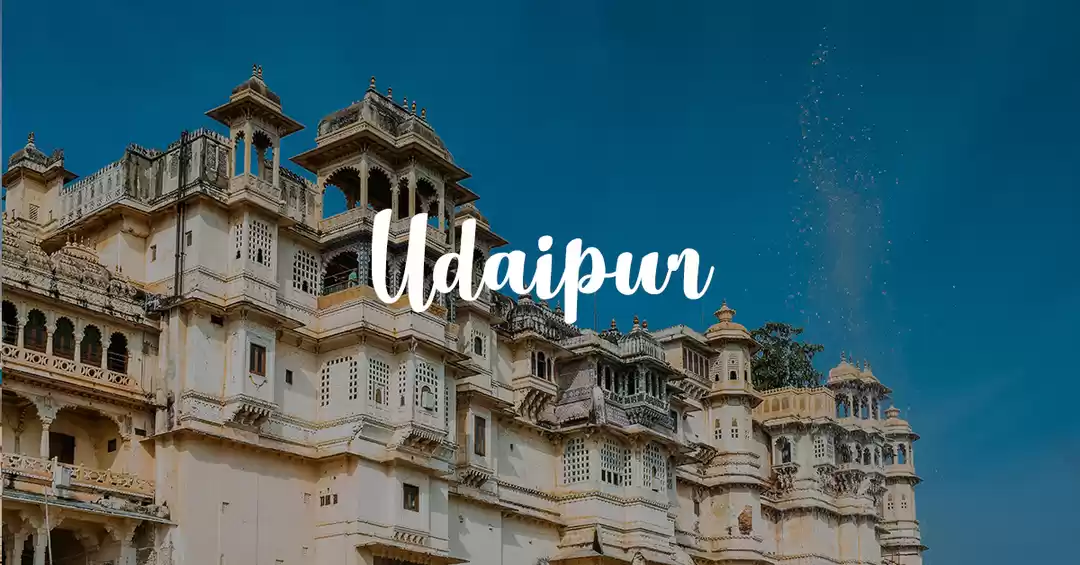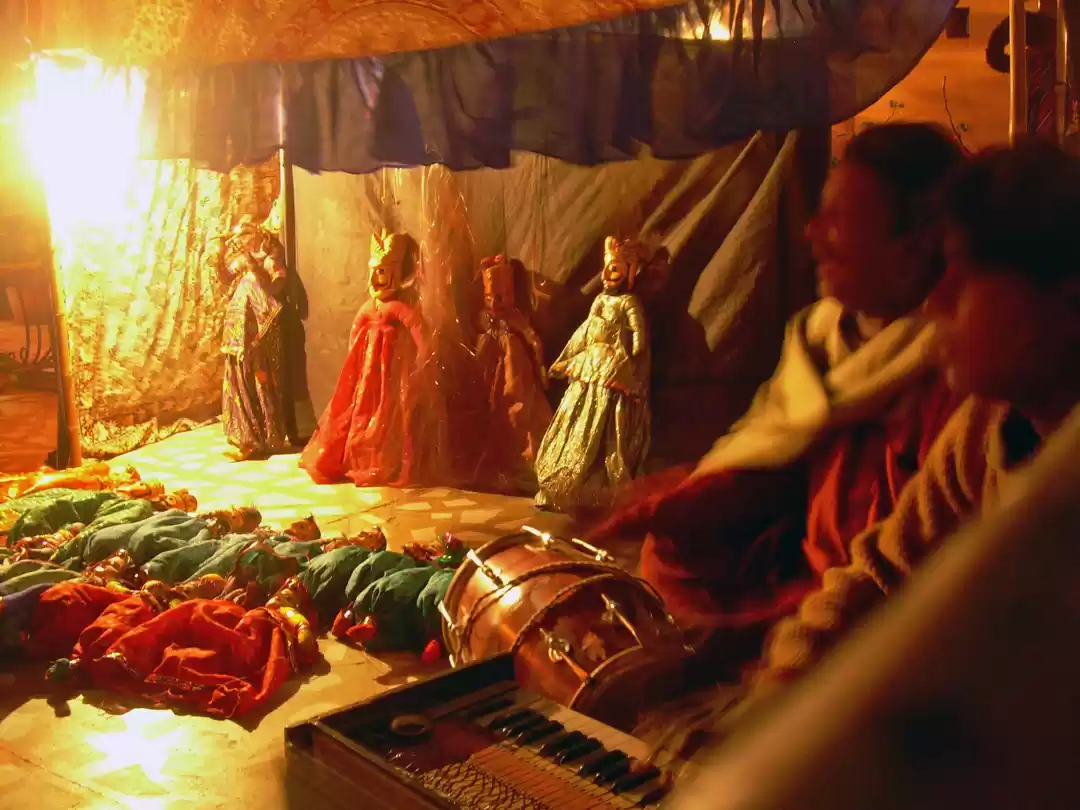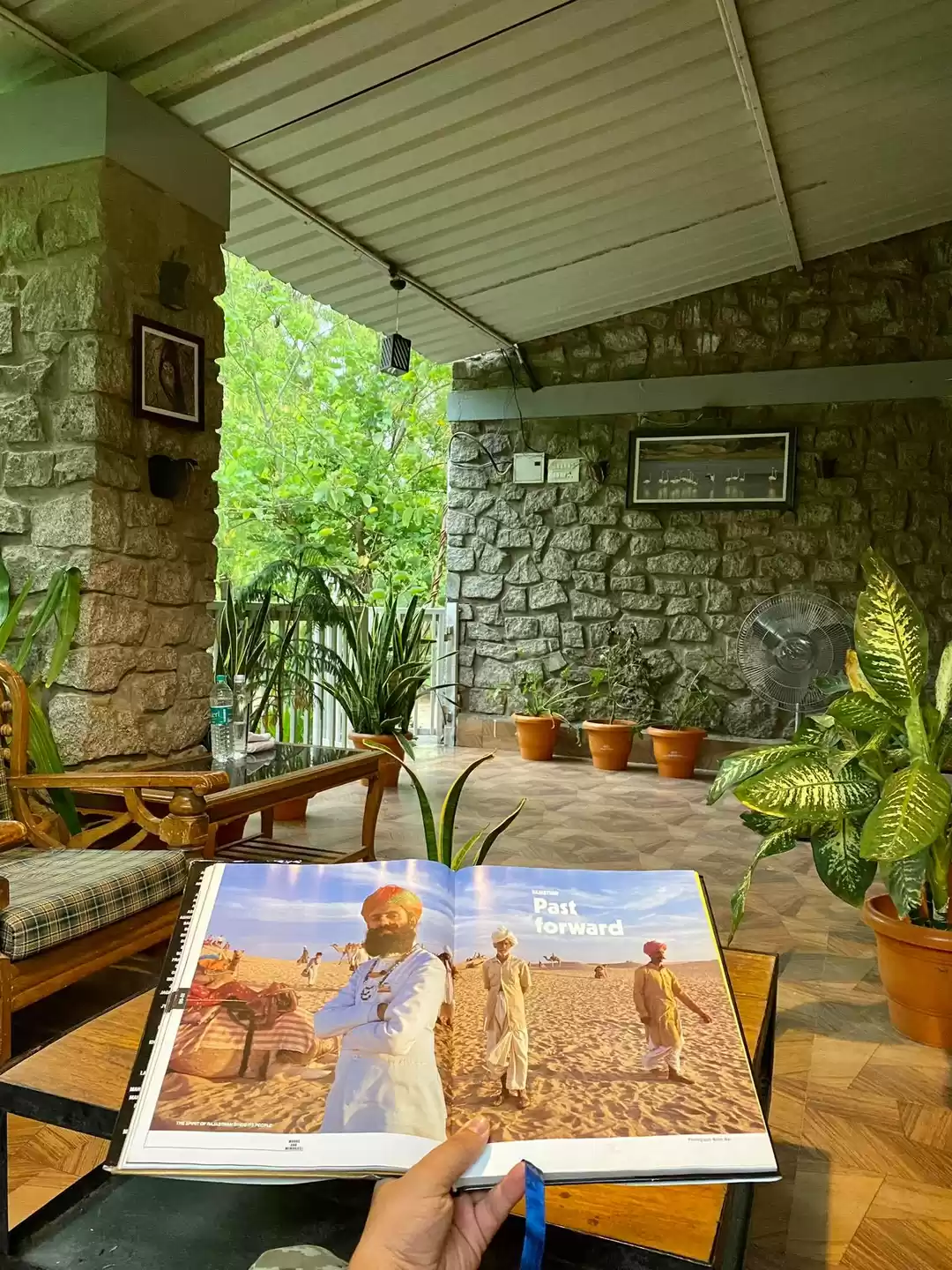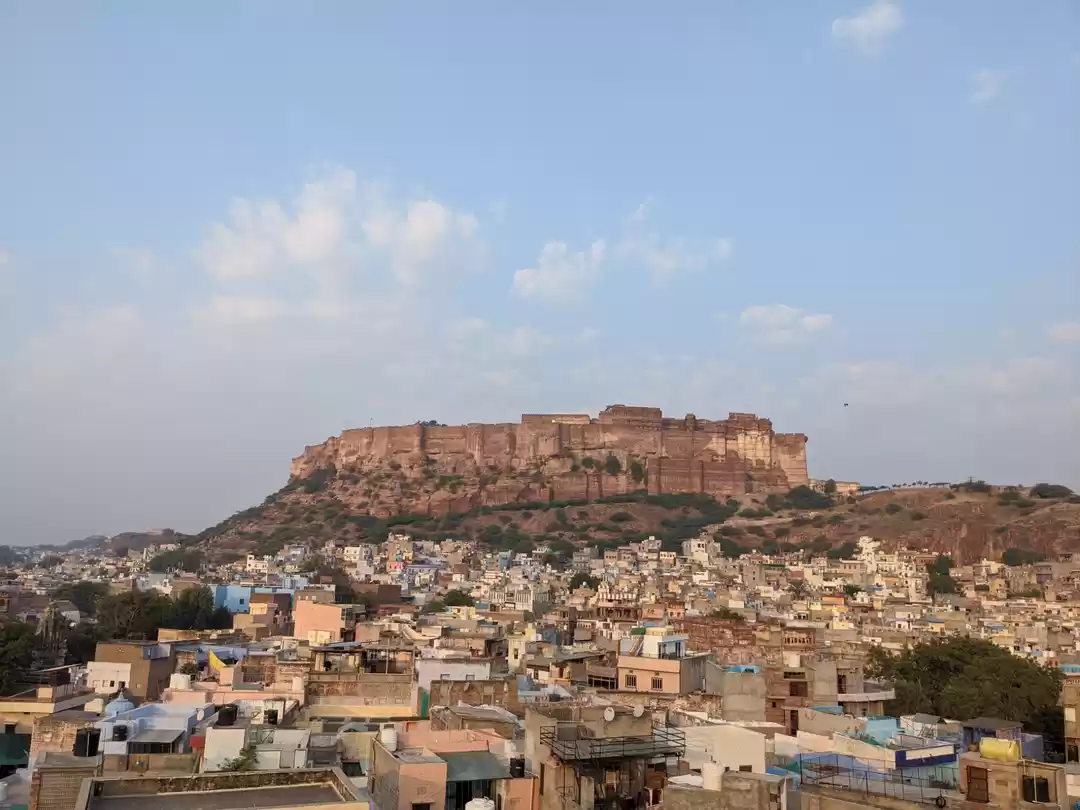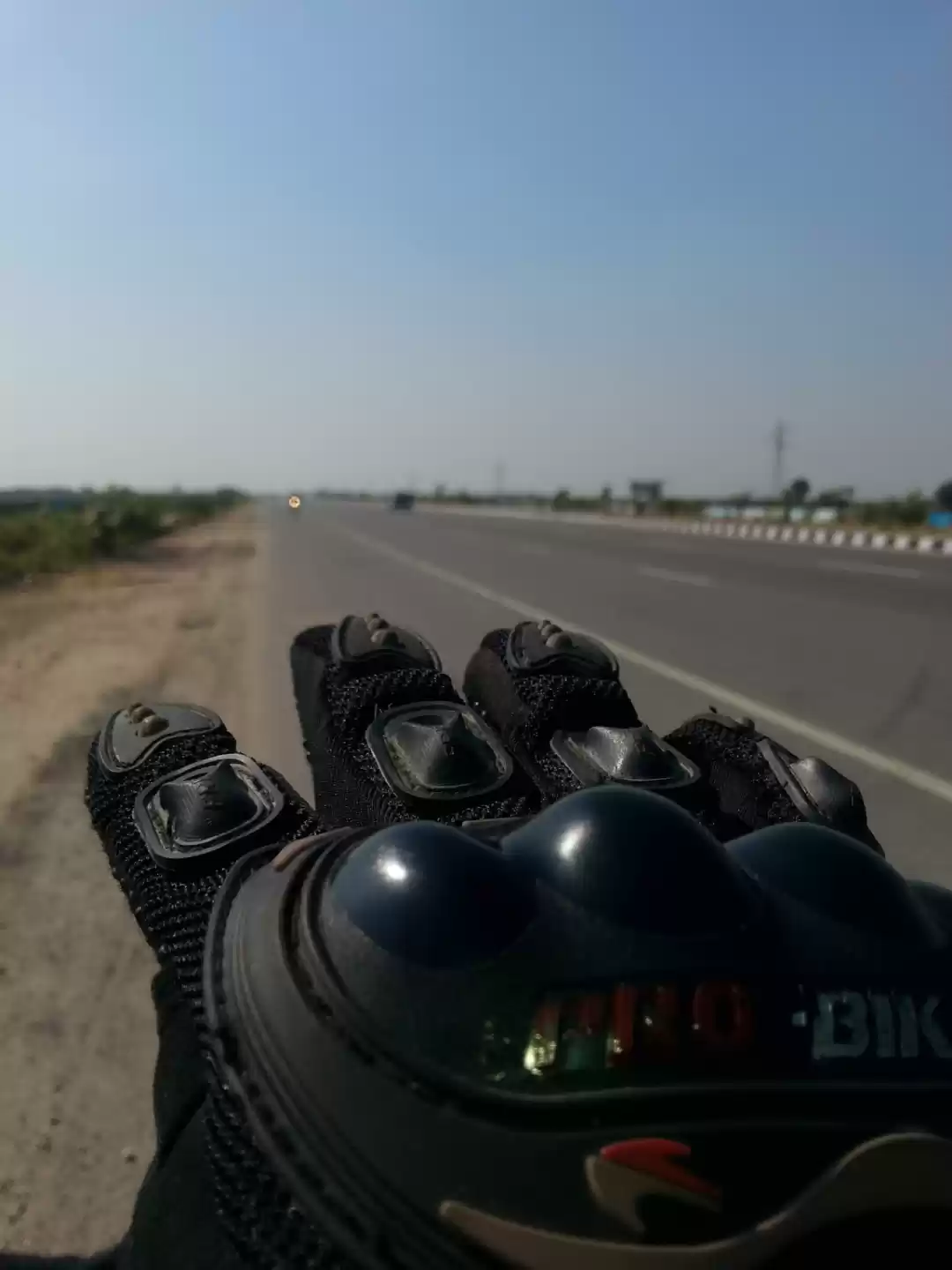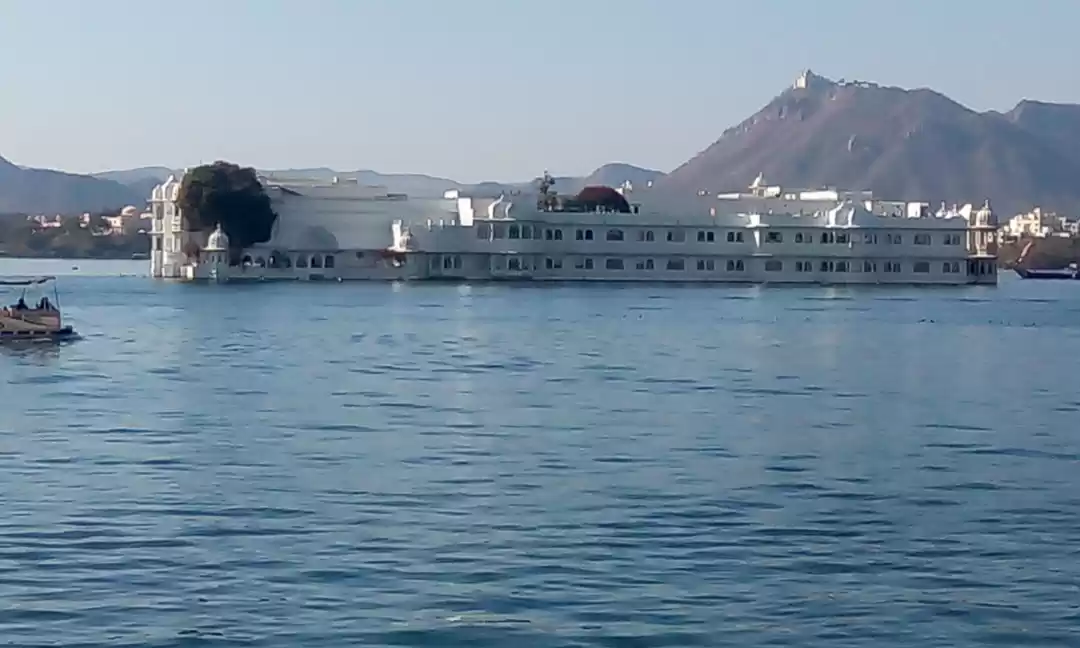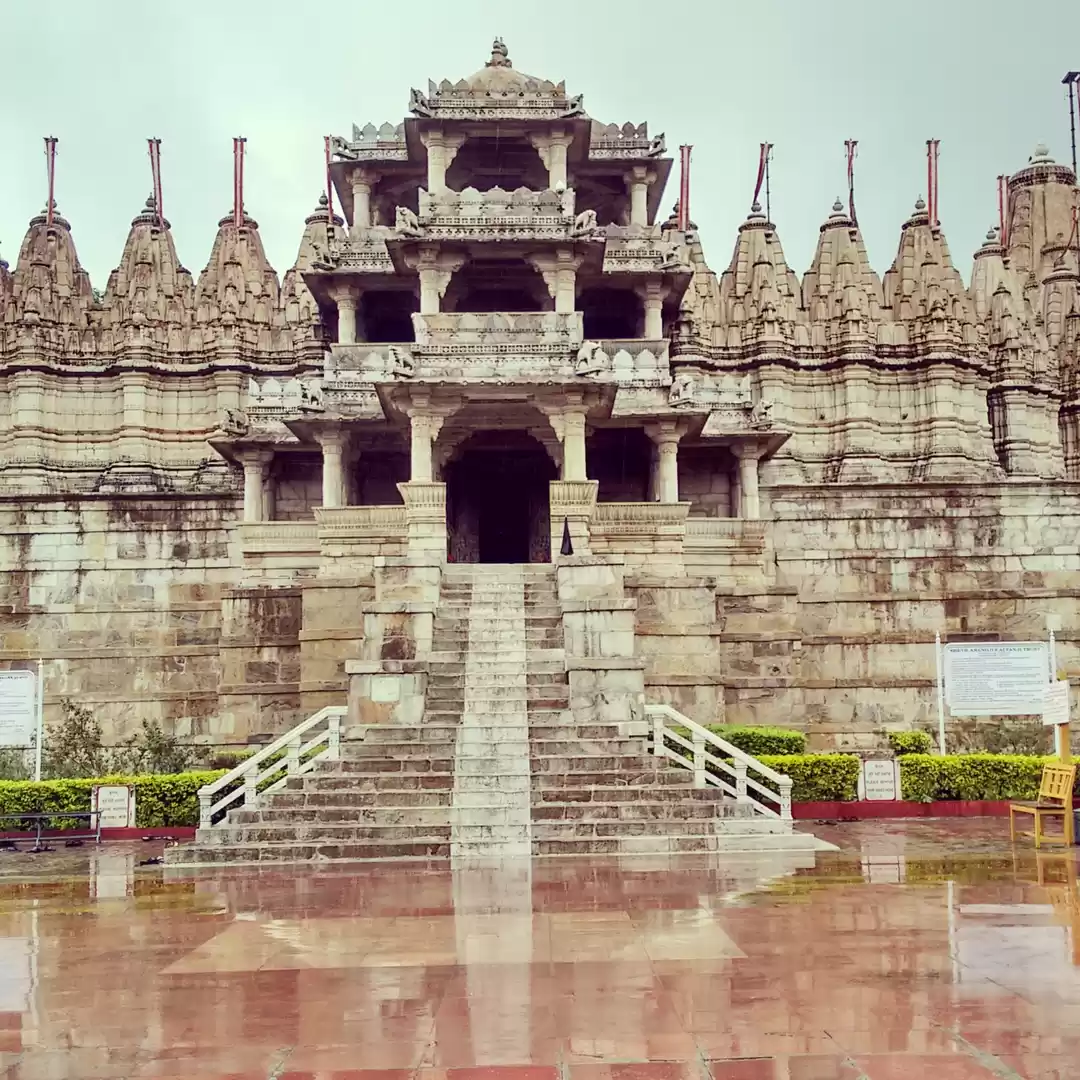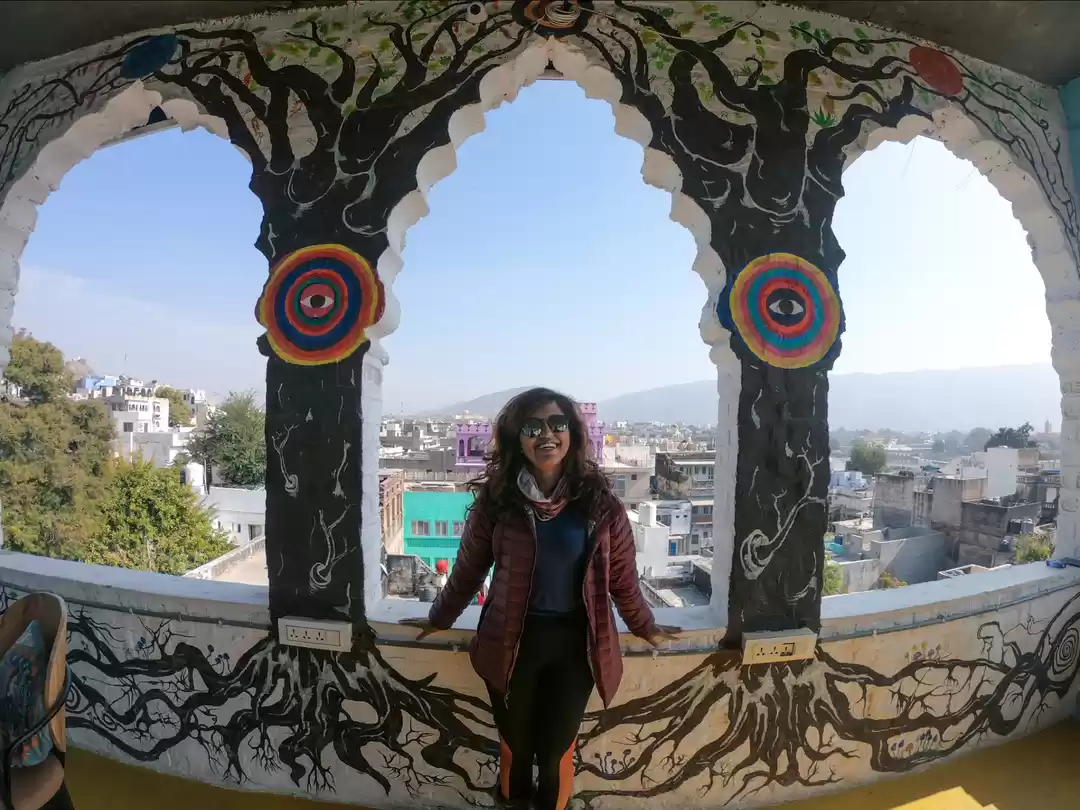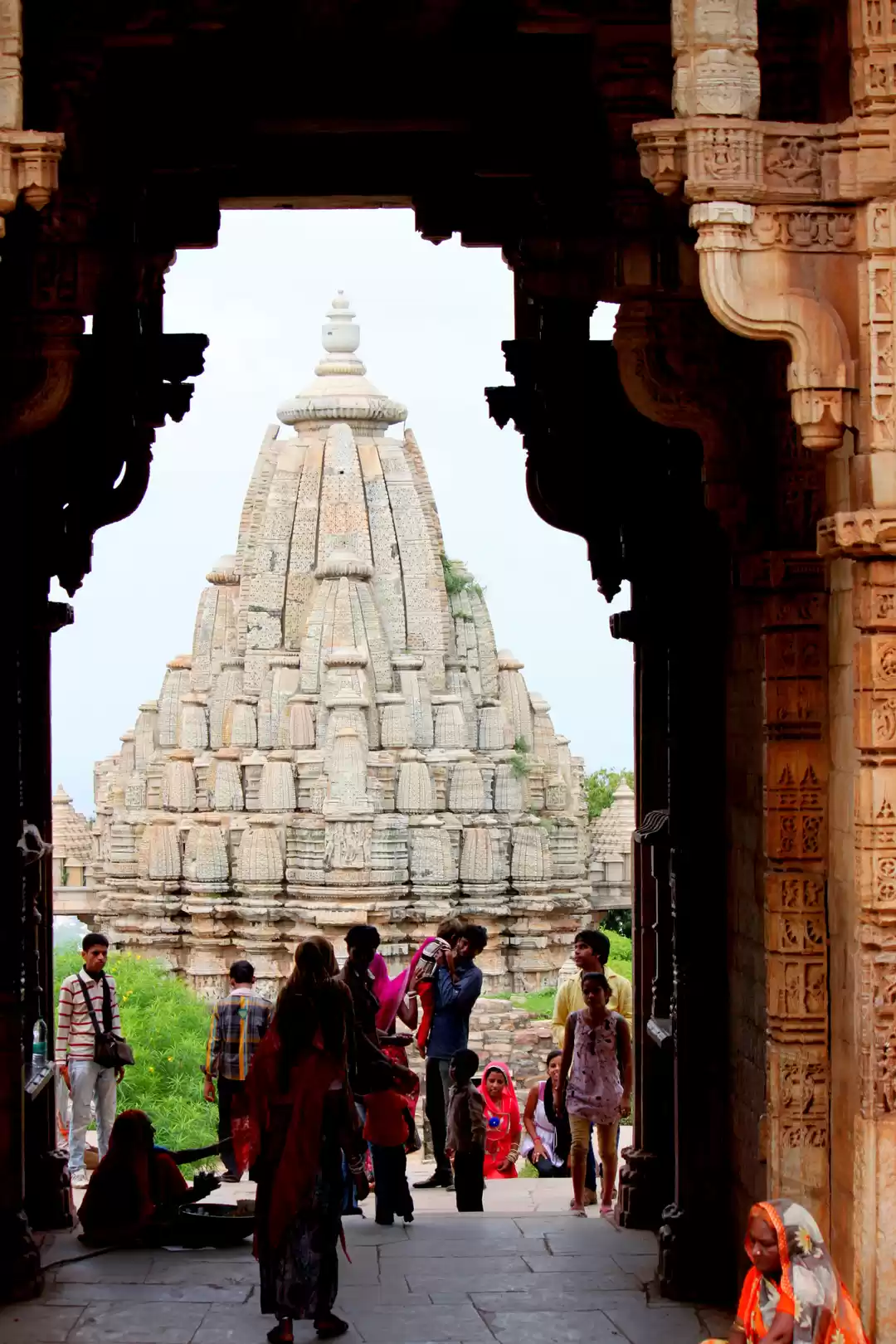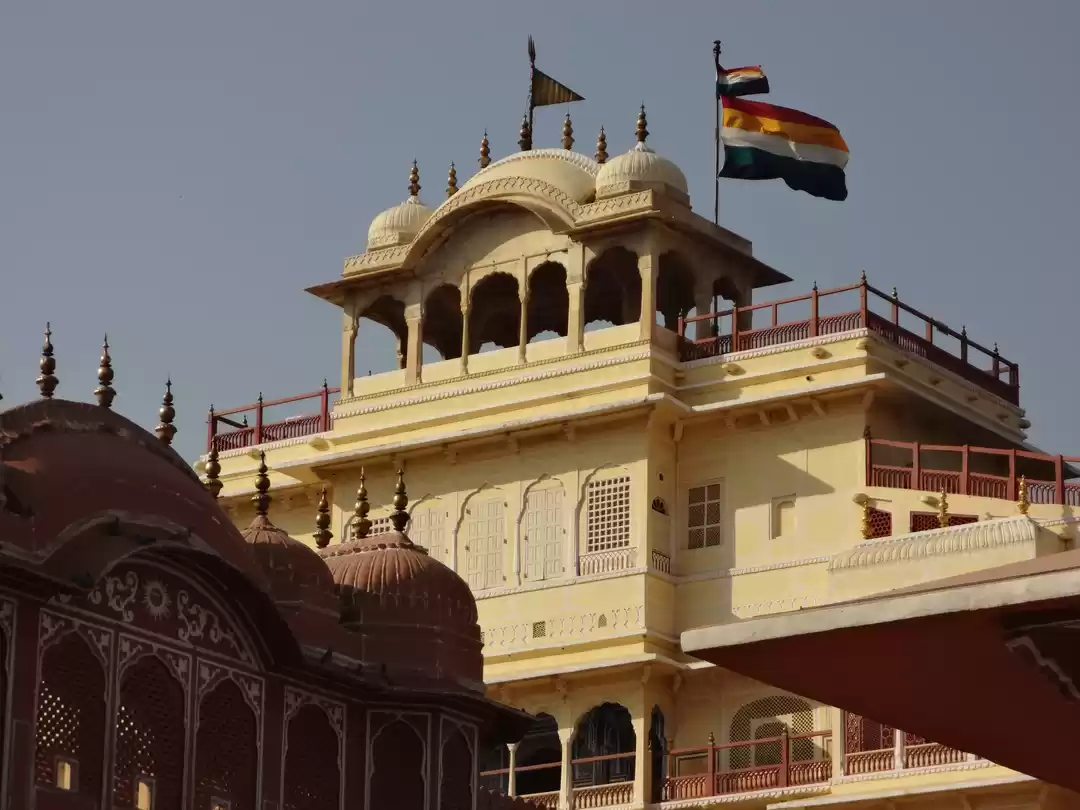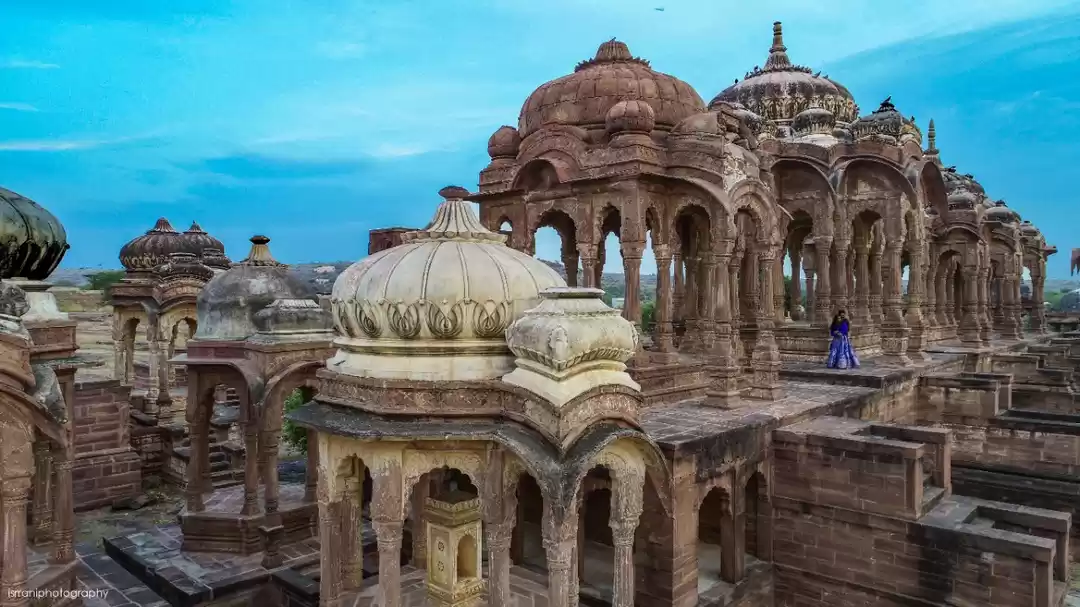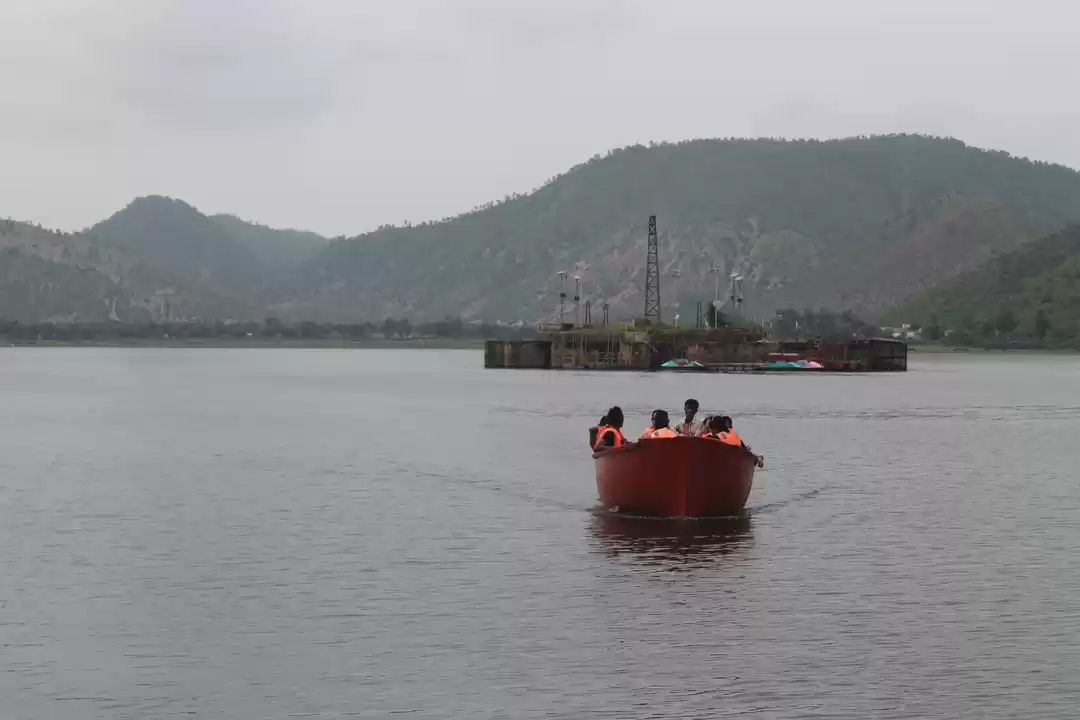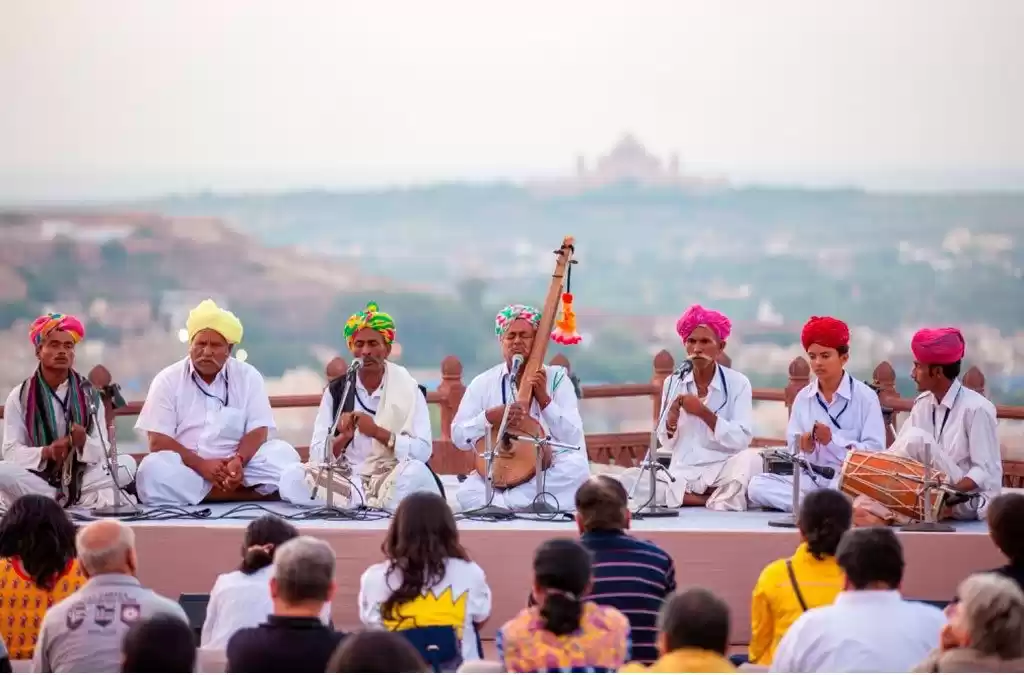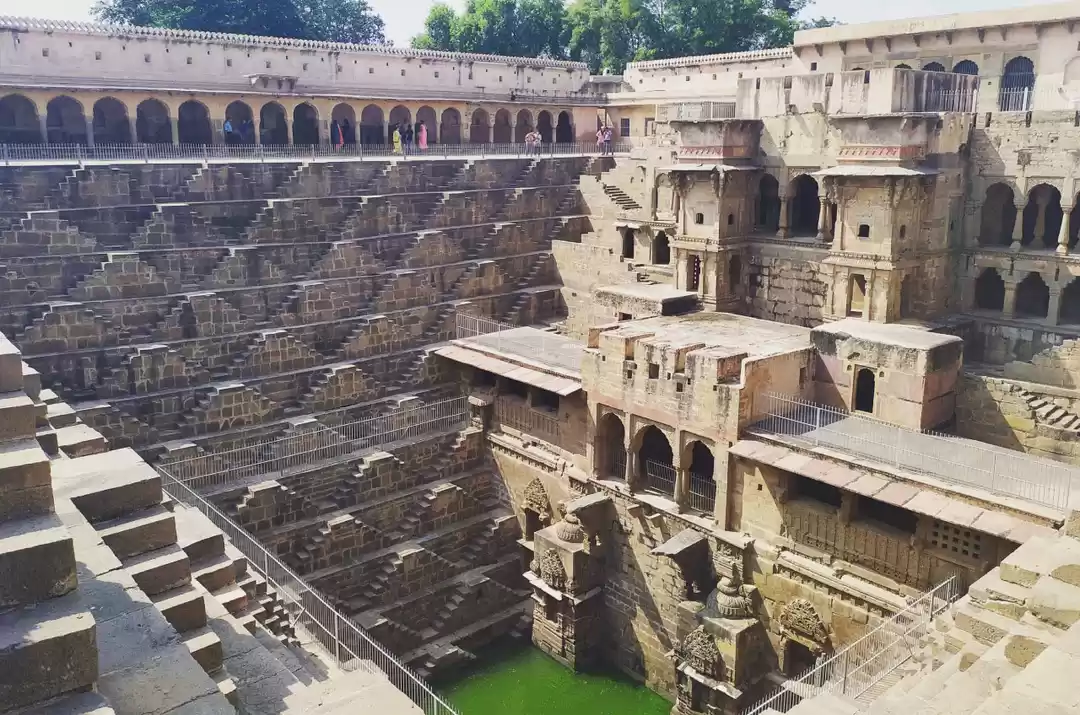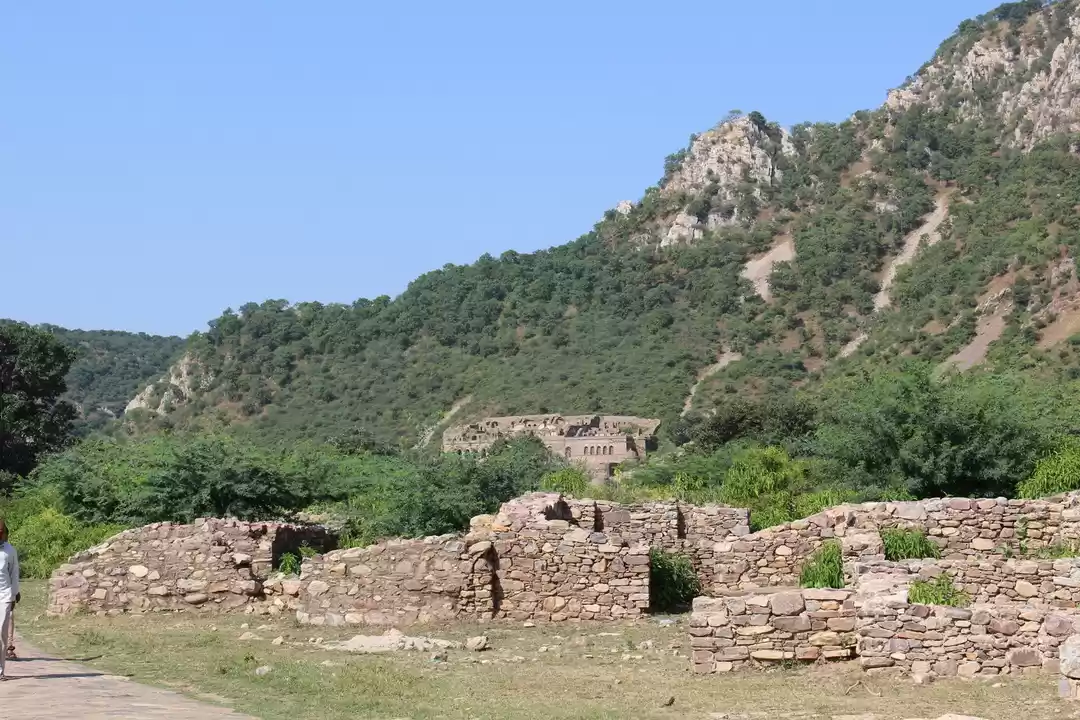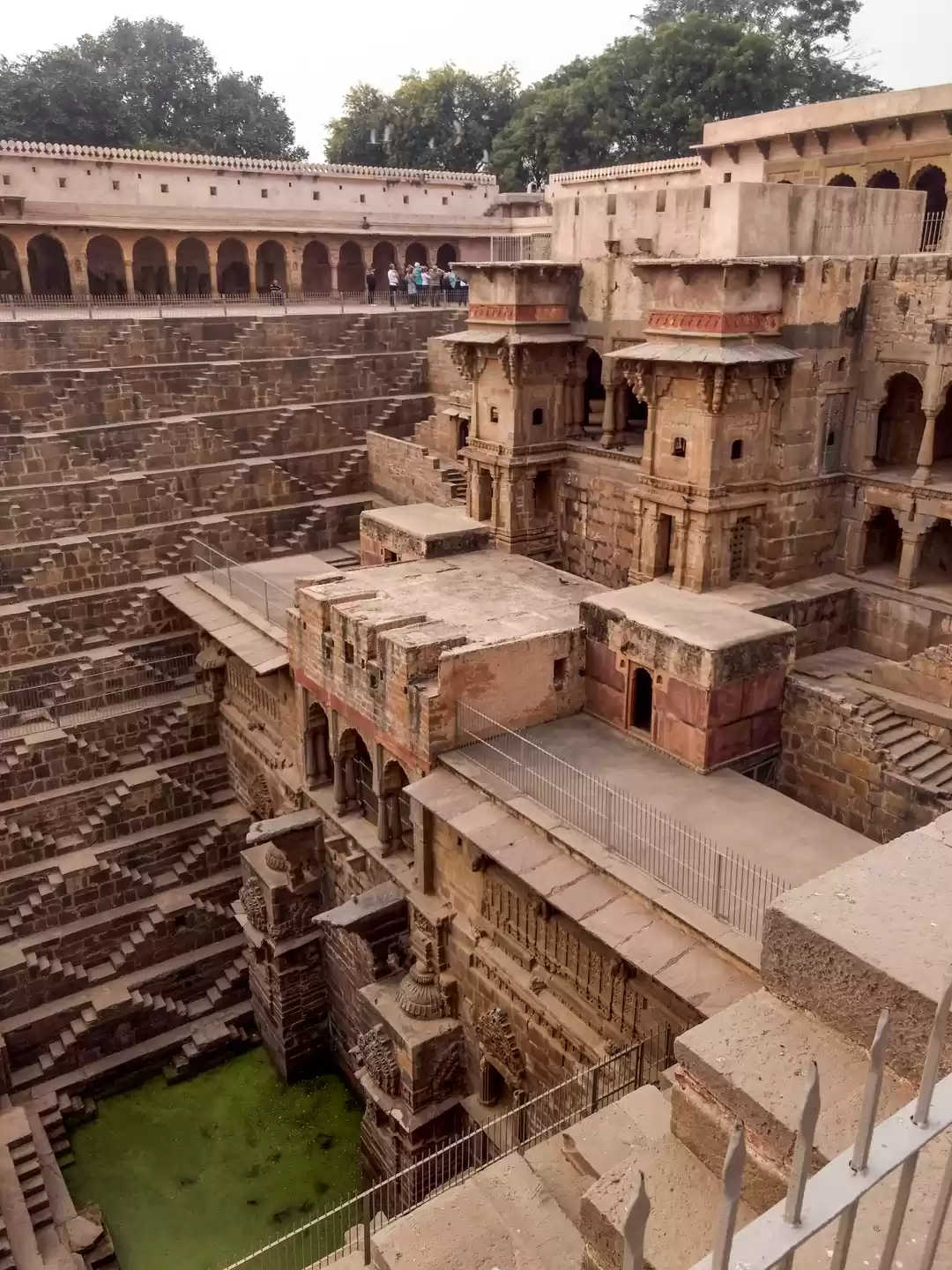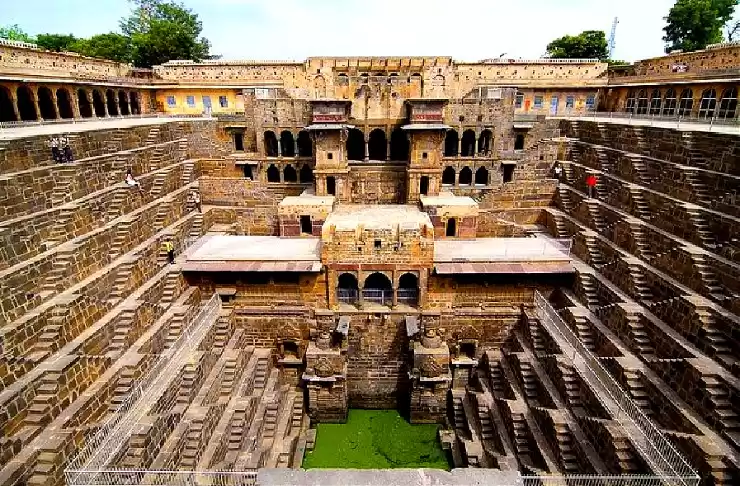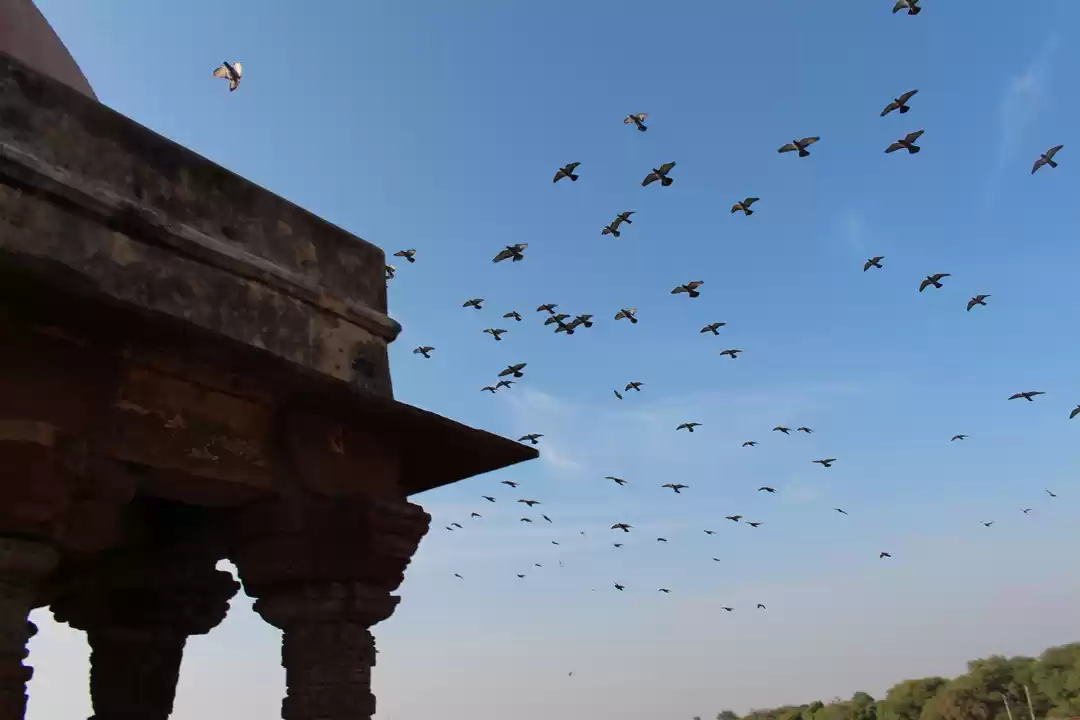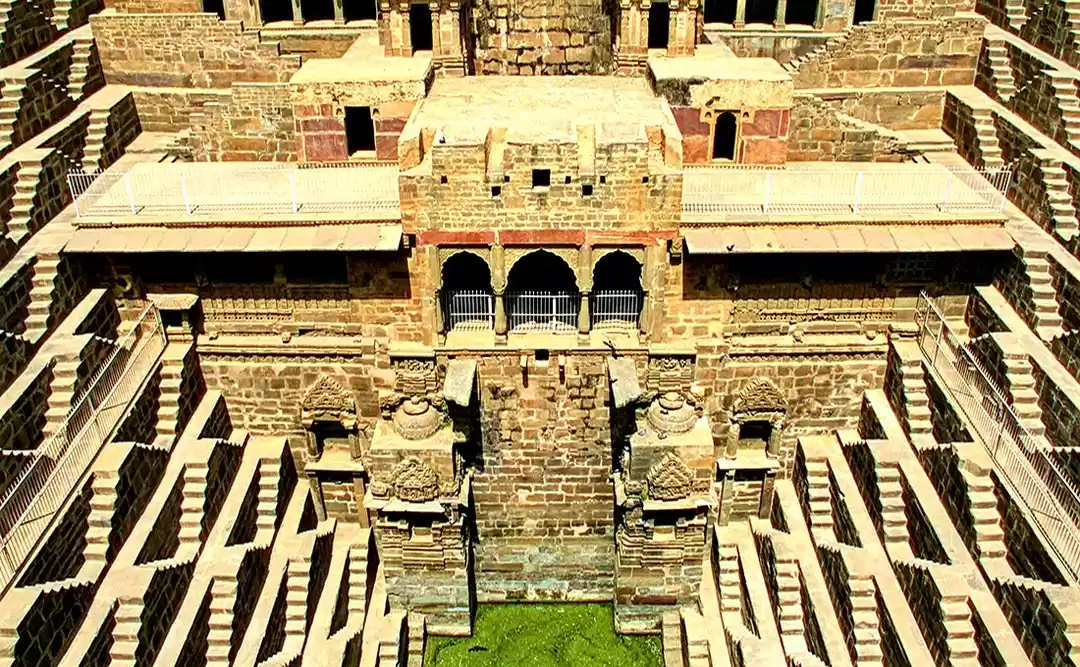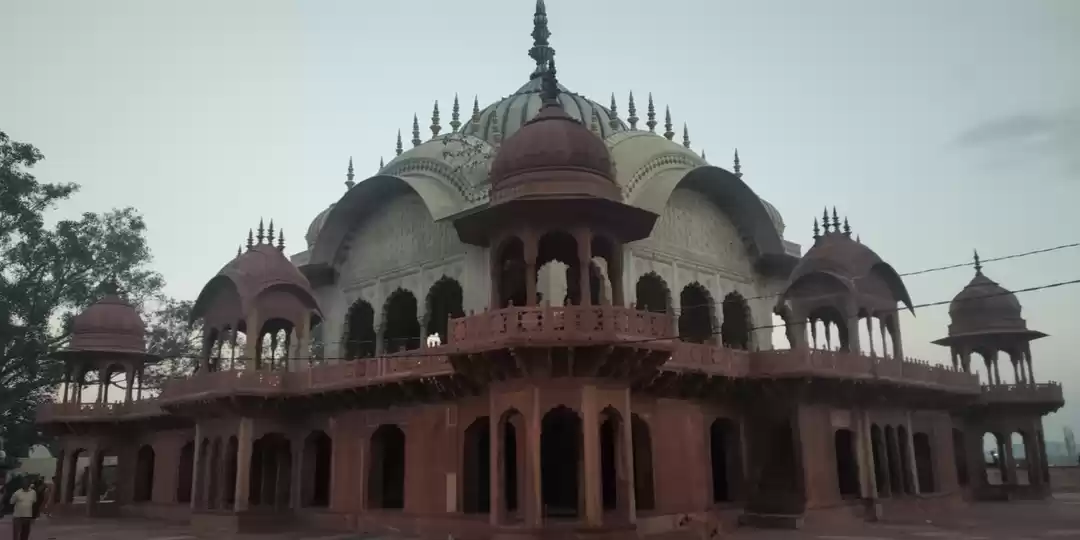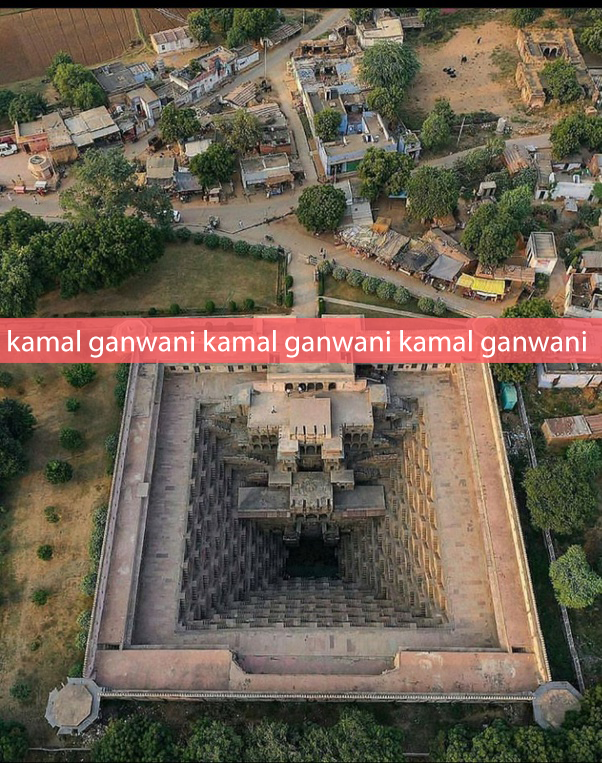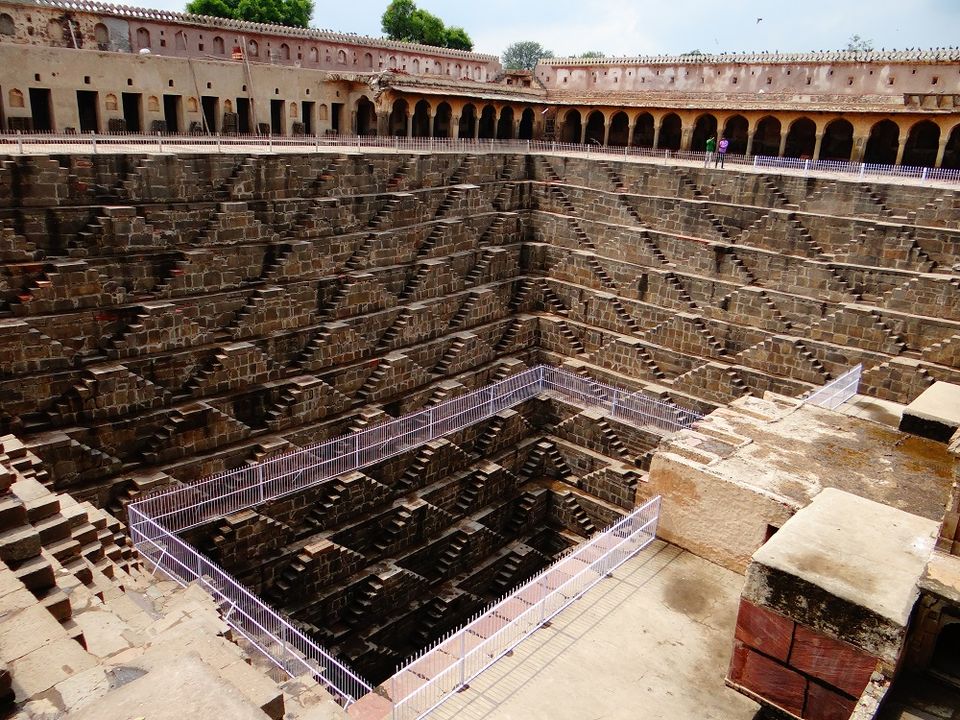


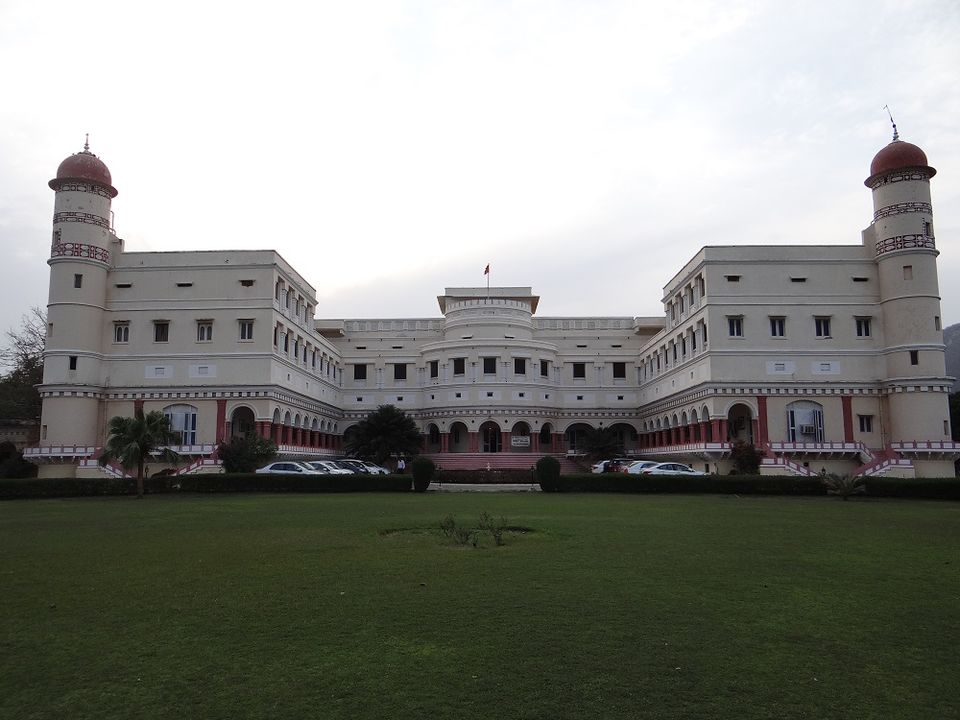
While browsing net I came across a blog which showcased the photographs of Chand Baori, the photograph was so gripping I immediately knew where I am going next. But my wanderlust wasn’t going to satisfy with only Chand Baori, so I kept on googling.
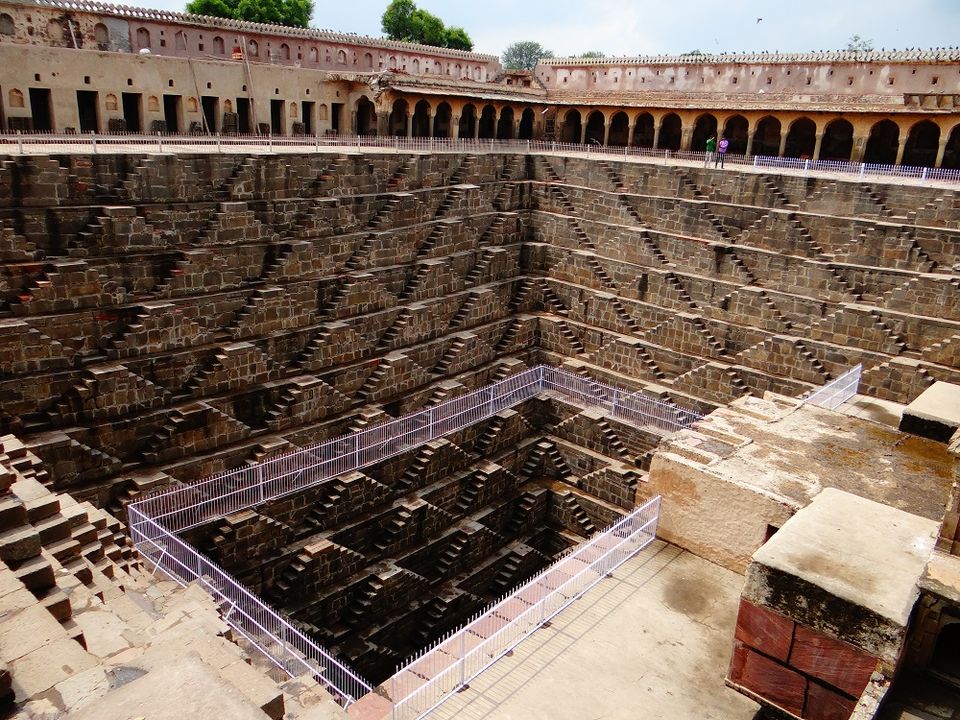
Now it seemed a pretty interesting trip (with Sariska and Bhangargh) with jam packed schedule to follow. Although I had to drop Bhangarh on the last day due to my laziness of waking up early!
After a lazy morning we started towards our first destination Sariska. Soon after we took a left from NH8 somewhere near Bhiwadi, we entered into the Aravali regions. We were accompanied by some awesome views of rustic brown hillocks shining under the gazing Sun. After a comfortable drive of 3.5 hrs, we reached Sariska at around 12 PM.
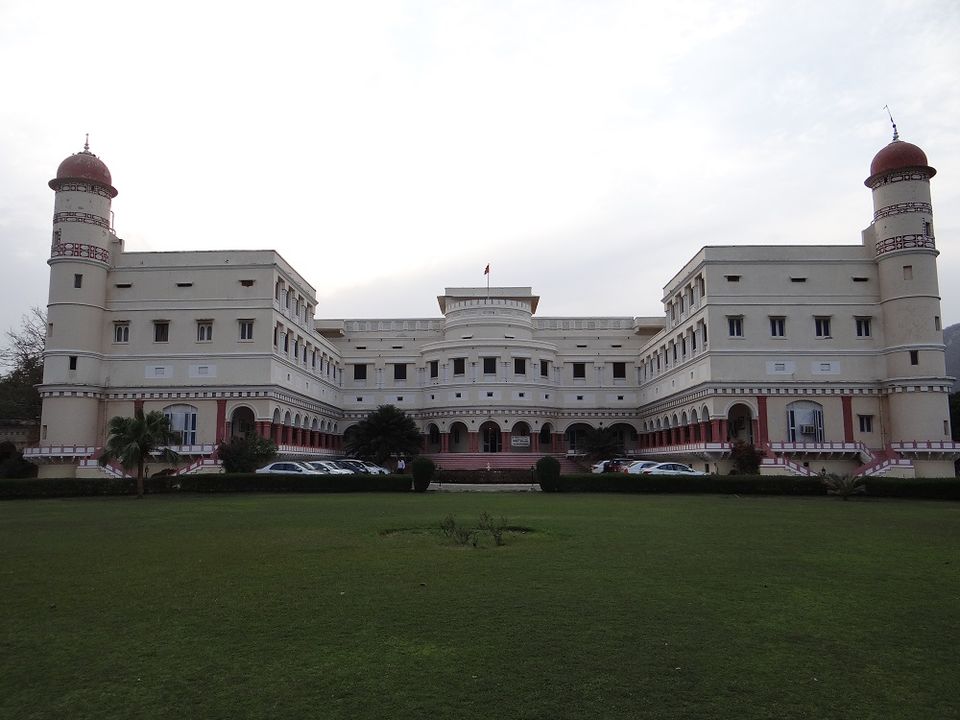
Sariska Palace was our bet for getting some royal treatment at the Royals of Rajasthan, though it didn’t live up to the expectations. The first Look of the Room was pretty impressive but at a closer look, it needed big time maintenance!
Sariska National Park has a similar topography as Ranthambore, though it’s bigger in area. While visiting Ranthambore I got to know that 3 tigers were relocated from Ranthambore to Sariska last year itself!! I was not very keen on spending 3000 Rs for the Safari as the probability of spotting the Big Cats was pretty less. So we took our own car into the national park till the Hanuman temple (21km) with an entry fees of Rs. 250. The peacocks and monkey can be located in abundance in the park. It’s worth paying a visit to the temple.
Next day we started late for Abhaneri, verified the route with one of the hotel staff, it took us around 1.5 -2 hours.
Baori and Harshatmata Temple were built in the 8th century by the King Chand, the ruler of Abha Nagri. The village was named after the glow (abha in Hindi) which is reflected through the well (Baori) water during full moon nights. It is known pronounced as Abhaneri.
Mere one look at the Boari is enough to boast about the rich heritage & culture Rajasthan has! As soon as we reached near the Baori, a flock of hundreds of pigeon flew (twice) just over our head to change their resting area, probably due to change in the wind or sun.
The Chand boari is a square shaped well, having a total of 3000 stairs symmetrically carved on its 3 sides, contributing to the beautiful Top view of the Boari. Earlier the 4th side was a ramp, and later the King of Jaipur converted that side into his Summer Palace to get relief from the scorching heat.
The baori is fenced from the other 3 sides, it’s not allowed to enter the well. Three years back only, it was fenced for safety purposes when an Italian women slipped over the inside stairs of the well. Though I was disappointed with that restriction as I couldn’t have a closer look at it, but it didn’t lessen the sheer pleasure of sighting that beautiful piece of architecture.
Our guide told that earlier it used to be a source of ground water but now it was filled with green rain water at the bottom. We strolled around the baori, heard the significance of various statues placed at the nearby corridors and admired its beauty as well as magnificence.
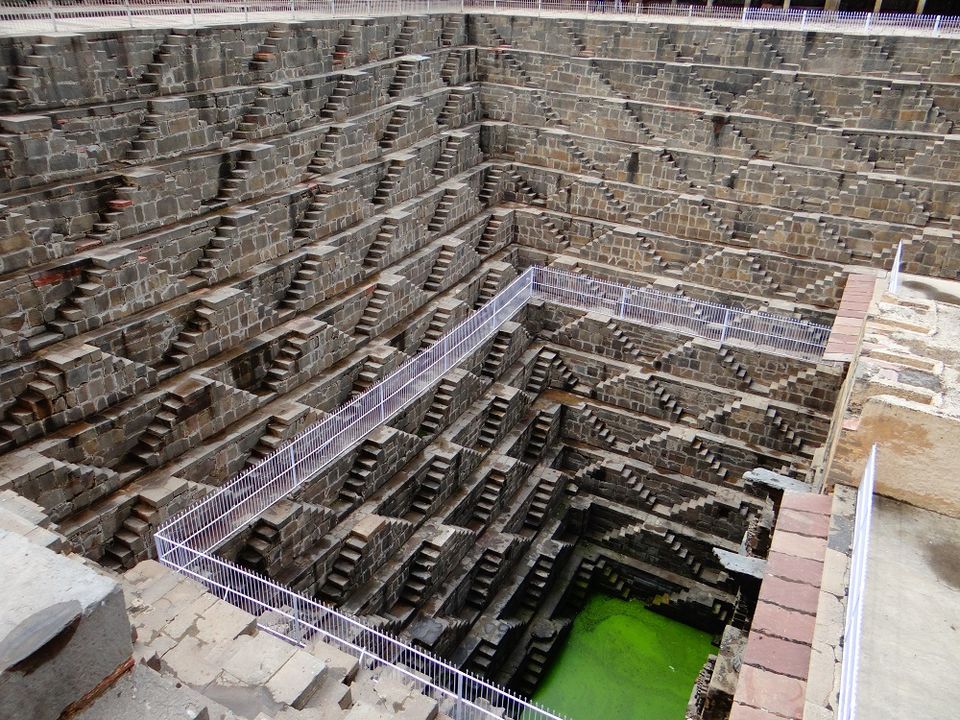
Suddenly, I saw a college going girl who seemed modern and (at least) graduate, ignoring all the notice and crossed the fence entered the boari. Despite of the security guard’s and her very own friend’s shouting, she didn’t move out an inch until her “SO CALLED PHOTOGRAPH” was clicked. After this she had a proud smile on her face as if she had won some righteous war. I mean SERIOUSLY!!
Harshatmata Temple is dedicated to the goddess Harshat. The temple was destroyed during the Mughal and Turkish invasion in north India. After destruction locals tried to rebuild the temple, but it was never the same. Few pieces and statues are also lying in the forbidden corridors of Chand Baori!!
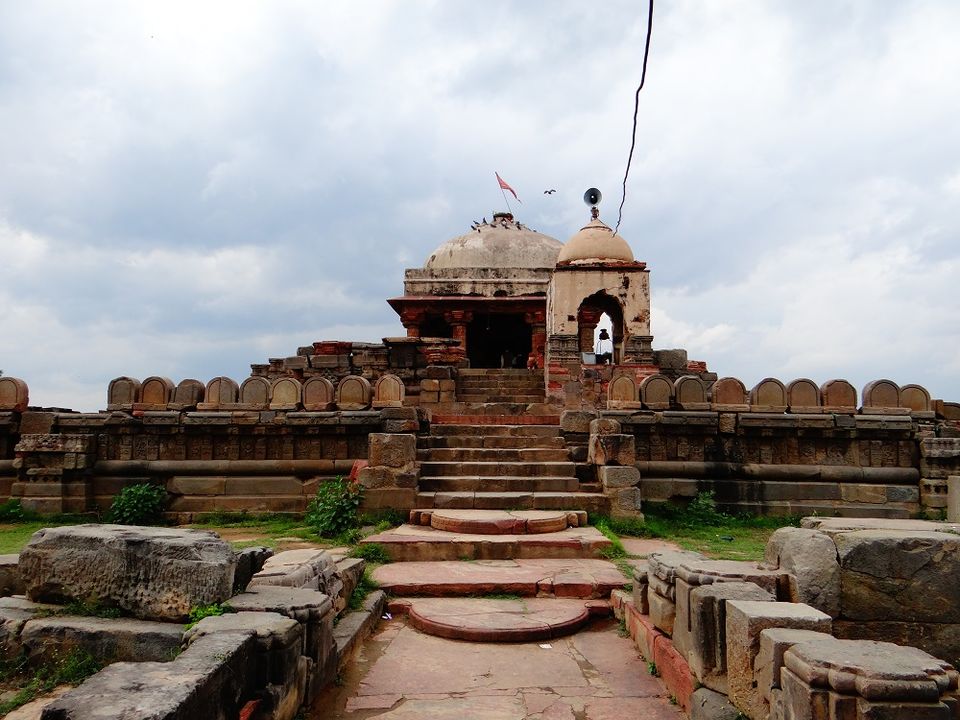
While returning we were accompanied by some awesome weather with rain, cool breeze, good road, awesome views and soulful music, all the ingredients of peaceful and refreshing drive back to HOME SWEET HOME!!
%MCEPASTEBIN%



